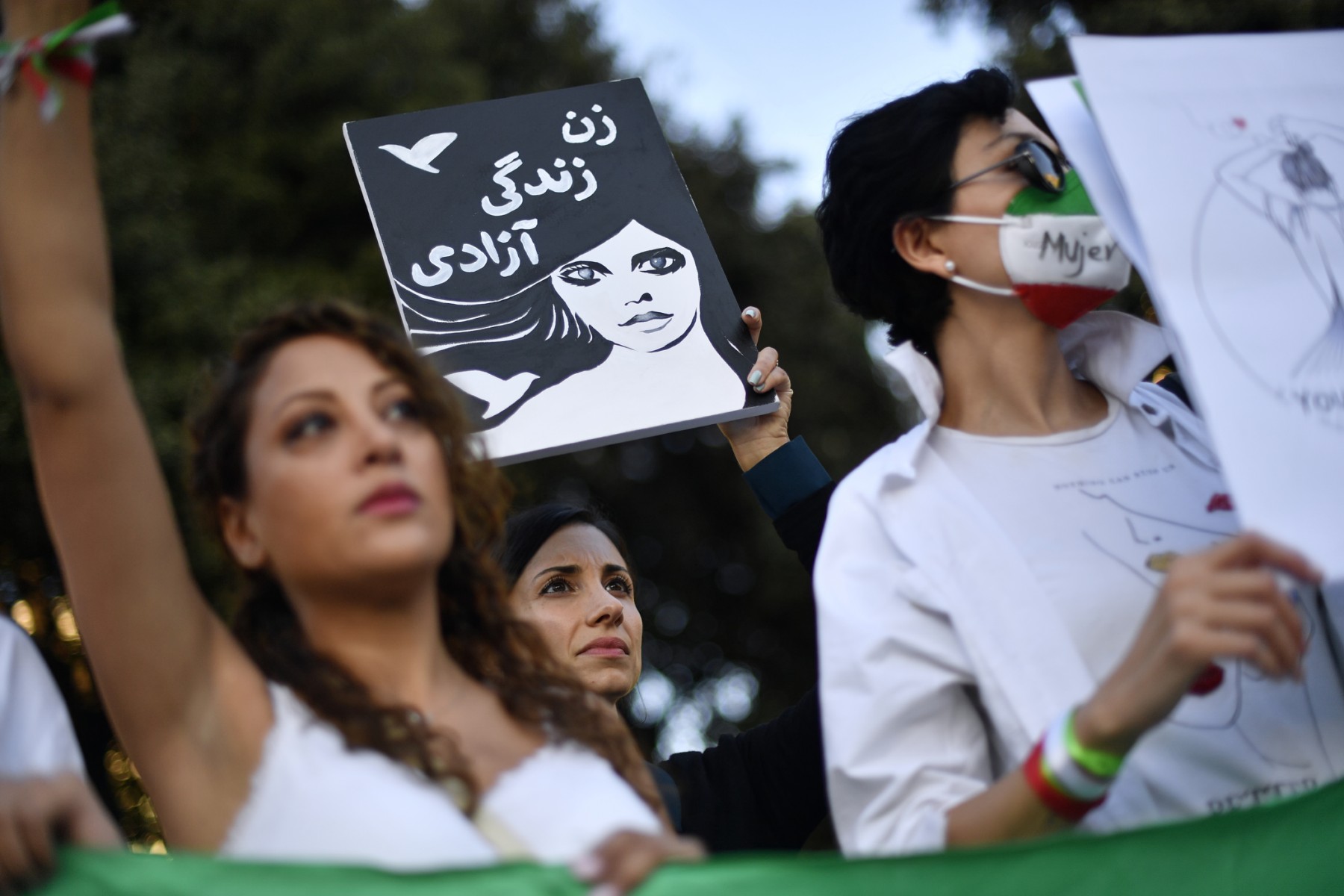The Iranian regime continues to enforce large-scale executions, grant impunity to perpetrators, and persecute grieving families two years after the widespread protests following the death of Mahsa Amini. Amini, a 22-year-old Iranian woman, died in custody in September 2022 after being arrested for allegedly violating the strict Islamic dress code. Her death ignited a wave of dissent that many hoped would mark a turning point in the history of the Islamic Republic.
Persecutions and suppression continue
Although the protests today are sporadic and less visible, the government has maintained its fierce repression. At least 551 people were killed during the protests, and thousands were detained, according to human rights organizations. In the aftermath, the regime has executed ten men in connection with the protests, the most recent being Gholamreza Rasaei, 34, who was hanged in August shortly after Massoud Pezeshkian assumed the presidency. Human rights groups report a significant rise in executions for various crimes, aiming to instill fear and discourage any potential resurgence of dissent.
From Evin prison near Tehran, where political prisoners are often detained, Nobel Peace Prize winner Narges Mohammadi has emerged as a powerful voice. Imprisoned since November 2021, Mohammadi recently declared a hunger strike, joined by 34 fellow prisoners, to protest the “theocratic despotism” and the oppressive policies of the Iranian government.
Increasing brutality and enforcement of the Hijab
Despite a shift in public sentiment, the Iranian authorities remain committed to enforcing the mandatory hijab law, a key demand of the protesters. Amnesty International notes a visible rise in patrols by law enforcement in public spaces. Many women, who once viewed their cars as safe spaces, are now being targeted by law enforcement using surveillance technology, including facial recognition, to ensure compliance with dress codes.
Amnesty has also documented cases of violence against women, including beatings and slapping, for failing to adhere to the dress code. One particularly harrowing case is that of Arezou Badri, a 31-year-old woman who was left paralyzed after being shot by police in July during a dress code enforcement operation.
Calls for accountability amid persistent opposition
Human Rights Watch (HRW) has condemned the Iranian authorities for harassing and arresting family members of those killed or imprisoned during the protests. HRW researcher Nahid Naghshbandi criticized the regime for “brutalizing people twice”—first by executing or imprisoning their relatives, and then by targeting them for seeking justice. An example is Mashallah Karami, the father of Mohammad Mehdi Karami, who was executed in January 2023. Mashallah was sentenced to six years in prison for his efforts to save his son, only for his sentence to be extended to nine years in August.
Despite the brutal crackdown, activists remain defiant. Roya Boroumand, co-founder of the U.S.-based Abdorrahman Boroumand Center, argues that the regime has lost its legitimacy. “Two years after the protests, the Islamic Republic has neither restored the status quo nor regained its lost legitimacy,” Boroumand explains, adding that many young women remain in defiance of the regime.
While the 2022 protest movement shook the foundations of the regime, it also exposed deep divisions among the opposition, both inside and outside of Iran. Scholar Arash Azizi, author of *What Iranians Want*, believes the protests revealed the “utter failure of opposition alternatives to the regime.” However, he remains optimistic, stating: “I still believe that Iran will not return to the pre-2022 situation. In the coming years, the Islamic Republic will likely experience fundamental upheavals.”

